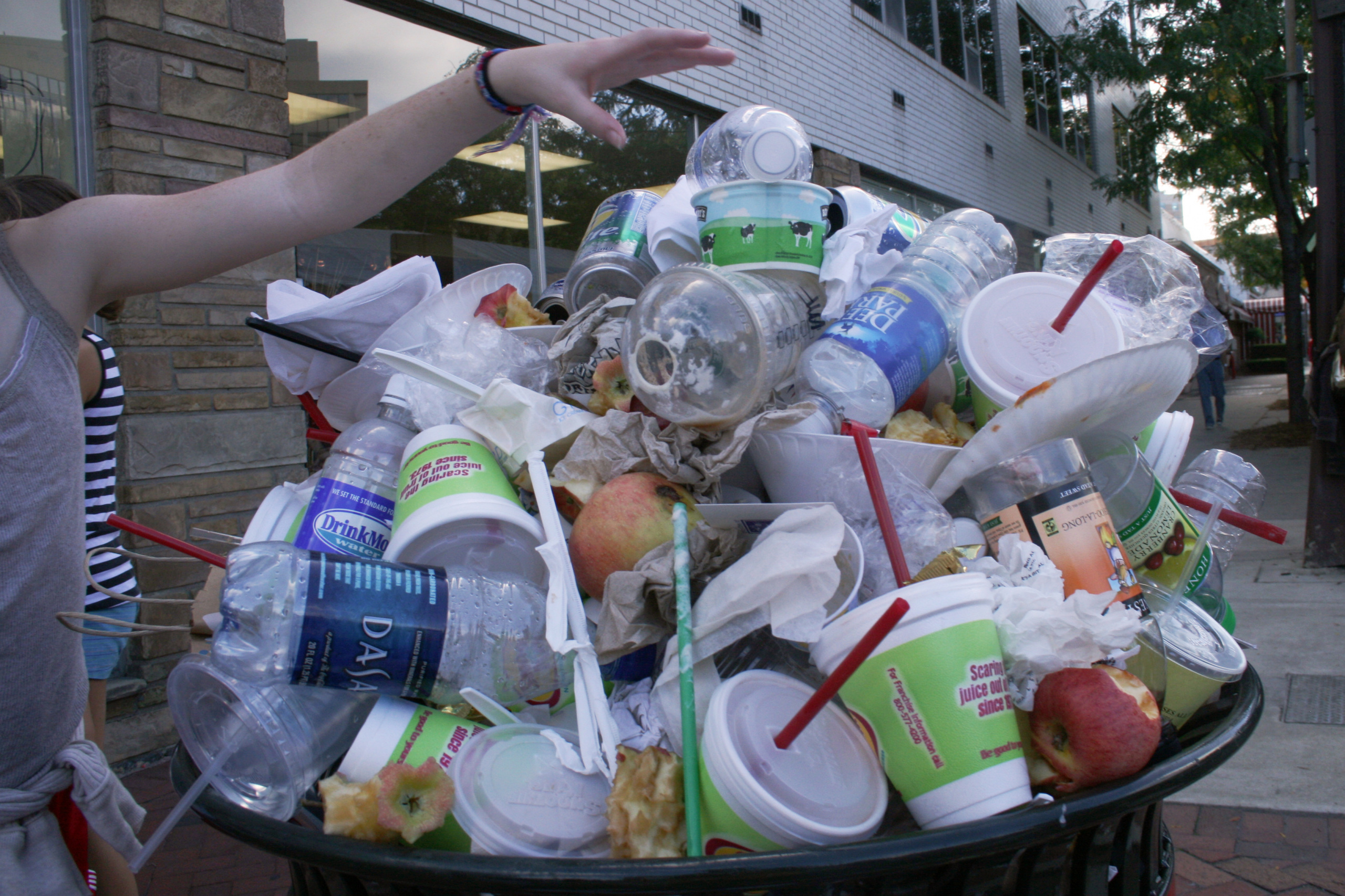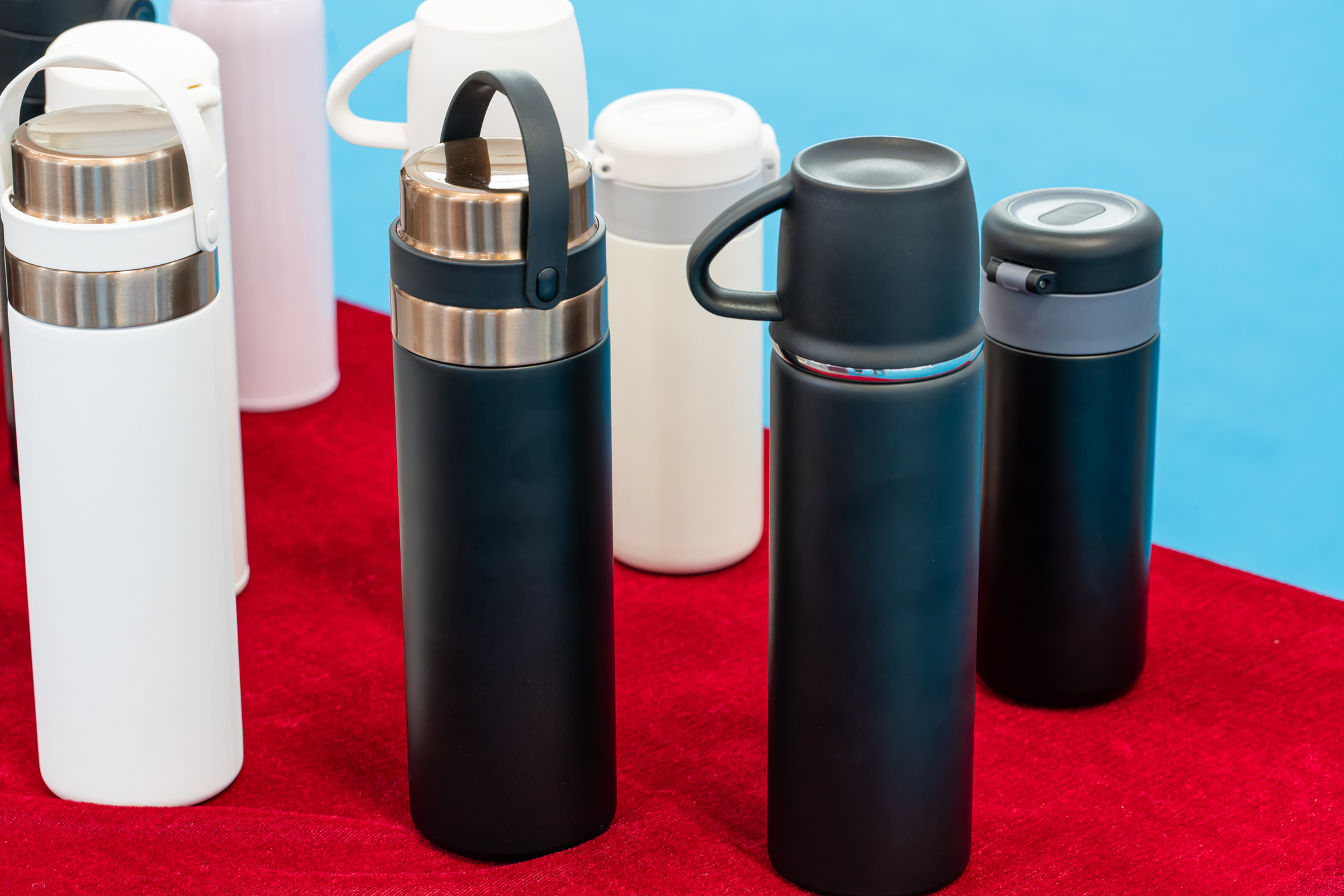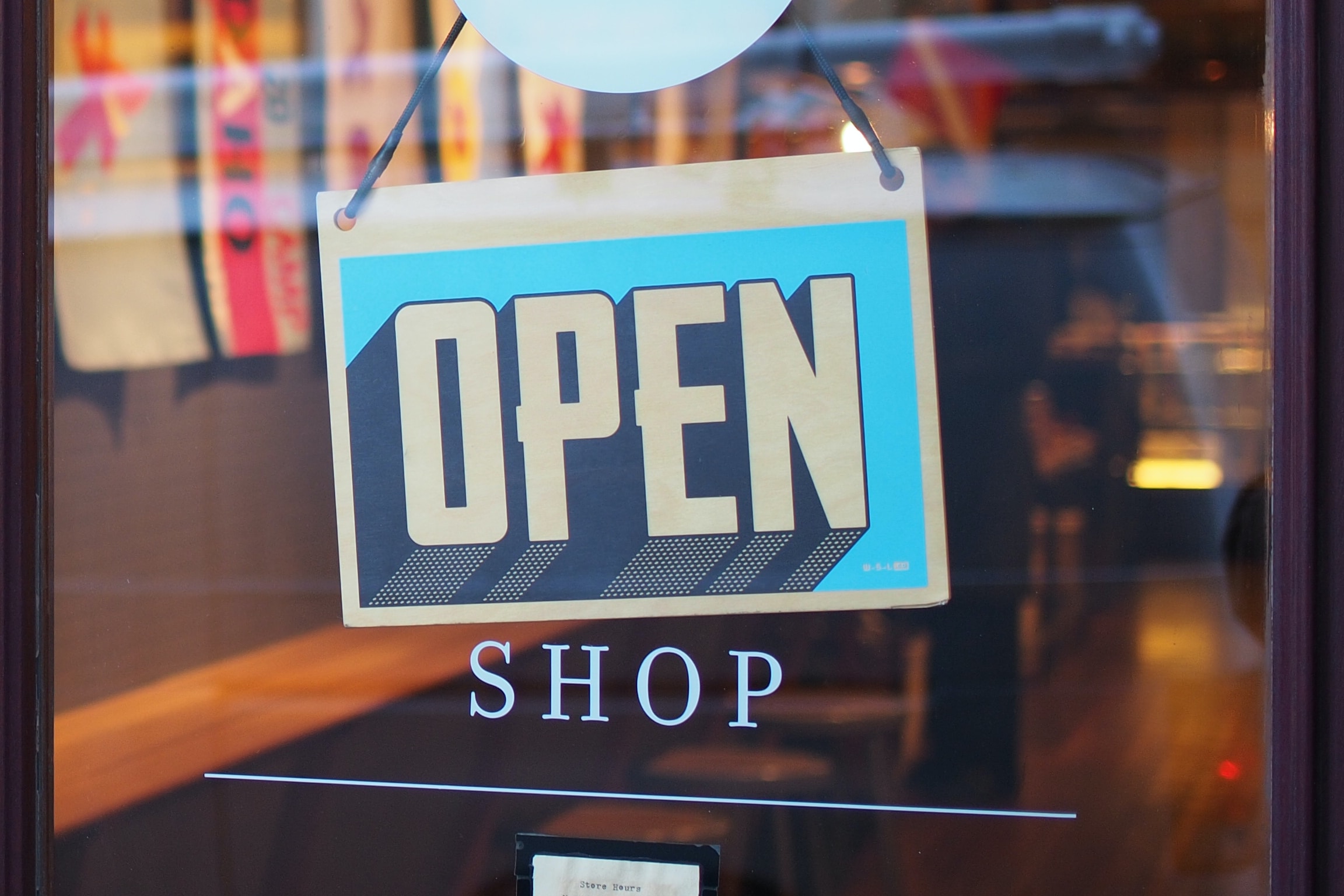
Questioning What We Consider Trash
A Swedish power plant has a surprising source of energy: discarded clothing. The mental double-take we do at the idea of burning clothing for electricity creates the opportunity to reconsider other items we regularly throw in the trash.

Several friends have shared on Facebook a Bloomberg News article about a Swedish power plant with a surprising source of energy: discarded clothing from H&M. The electricity-generating plant has begun burning the clothing along with other solid waste as it transitions away from oil and coal. While it may seem shocking to discard and burn something as valuable as clothing, I don’t think it is that different from how readily we discard other resource-intensive items, such as plastic. The mental double-take we do at the idea of burning clothing for electricity creates the opportunity to reconsider other items we regularly throw in the trash.
Clothing requires significant resources to produce. Consider, for example, all the resources required to produce a basic t-shirt. The process starts with a farmer growing cotton, a thirsty crop that requires 290 gallons of water to produce enough cotton for a single t-shirt. Once the cotton is picked, it must be cleaned, dyed and spun into yarn, knitted into fabric, sewn into an article of clothing, and then shipped to a store shelf. Each step may occur in a different country, burning fossil fuels at every step of the production process. Even if the t-shirt is an inexpensive, short-lived item sold by a “fast fashion” retailer, it still requires extensive resources to produce. That’s why the idea of feeding clothing into an incinerator feels wrong.
But discarding clothing so easily, whether we are burning it or sending it to the landfill, isn’t much more absurd than how readily we discard other items. The difference with clothing is that we immediately understand that what is being burned required many natural resources to make.
Consider another item we regularly throw away: plastic bags. The plastic produce bag I threw away this afternoon after a single use started as oil that was drilled for in North Dakota, Canada or maybe Saudi Arabia. It was transported, refined, processed into plastic, and shipped to my local produce section so I could use it once to carry wet, gritty lettuce home from the store and then toss it in the trash. Modern life enables me to be oblivious to the resources that went into making the plastic bag, and so I threw it out without much thought.
Add Styrofoam food containers, paper plates, wrapping paper, to-go cups, and packaging from mail-order items to the list of generally inexpensive and easily replaceable items that we regularly throw out. When these items weren’t so readily available, we valued them more. My grandmother Ione hoarded plastic bags, rubber bands and other things I don’t hesitate to throw away, because she lived much of her life in a time when those things were harder to come by, and therefore were perceived as more valuable.
I throw away plastic bags because I’ve learned they are cheap and easy to replace (even if it isn’t so easy to produce them). Grocery stores give away produce bags, and if I need more Ziploc baggies it costs me only a few dollars.
Perhaps in a decade or two we’ll have embraced the idea of wearing clothes just a few times before throwing them out, and we’ll think it is perfectly acceptable to burn them for electricity. I hope not. A better response would be for us to allow our surprise about burning clothes to lead us to question how retail practices have shaped our thinking and re-examine how we decide what consumer products ought to be disposable.
Photo credit: woodleywonderworks via Flickr. CC BY 2.0
Topics
Authors
Elizabeth Ridlington
Associate Director and Senior Policy Analyst, Frontier Group
Elizabeth Ridlington is associate director and senior policy analyst with Frontier Group. She focuses primarily on global warming, toxics, health care and clean vehicles, and has written dozens of reports on these and other subjects. Elizabeth graduated with honors from Harvard with a degree in government. She joined Frontier Group in 2002. She lives in Northern California with her son.
Find Out More

Too much of a good thing? The environmental downside of the “Stanley cup” craze.

A look back at what our unique network accomplished in 2023

Consumerism harms us and the environment. These communities prove we can do better.

